What’s the ROI of Automated Pallet Changing Machines in Greece's Safe Sector?
Are you running a business in Greece's safe sector, perhaps in food processing, pharmaceuticals, or even heavy industry where product handling demands extreme care? You probably face a constant battle. On one side, you have the pressure to increase speed and efficiency. On the other, you have the non-negotiable need for safety and hygiene. Manual pallet handling is often the bottleneck—it's slow, physically demanding, and a major source of workplace injuries and product contamination. This manual process doesn't just slow you down; it costs you money in labor, damaged goods, and potential compliance fines, making it harder to compete.
The Return on Investment (ROI) for an automated pallet changing machine in Greece's safe sector is typically realized within 12 to 24 months. This rapid return is primarily driven by drastic reductions in manual labor costs, a significant decrease in product damage during handling, and a substantial boost in operational throughput and safety compliance.
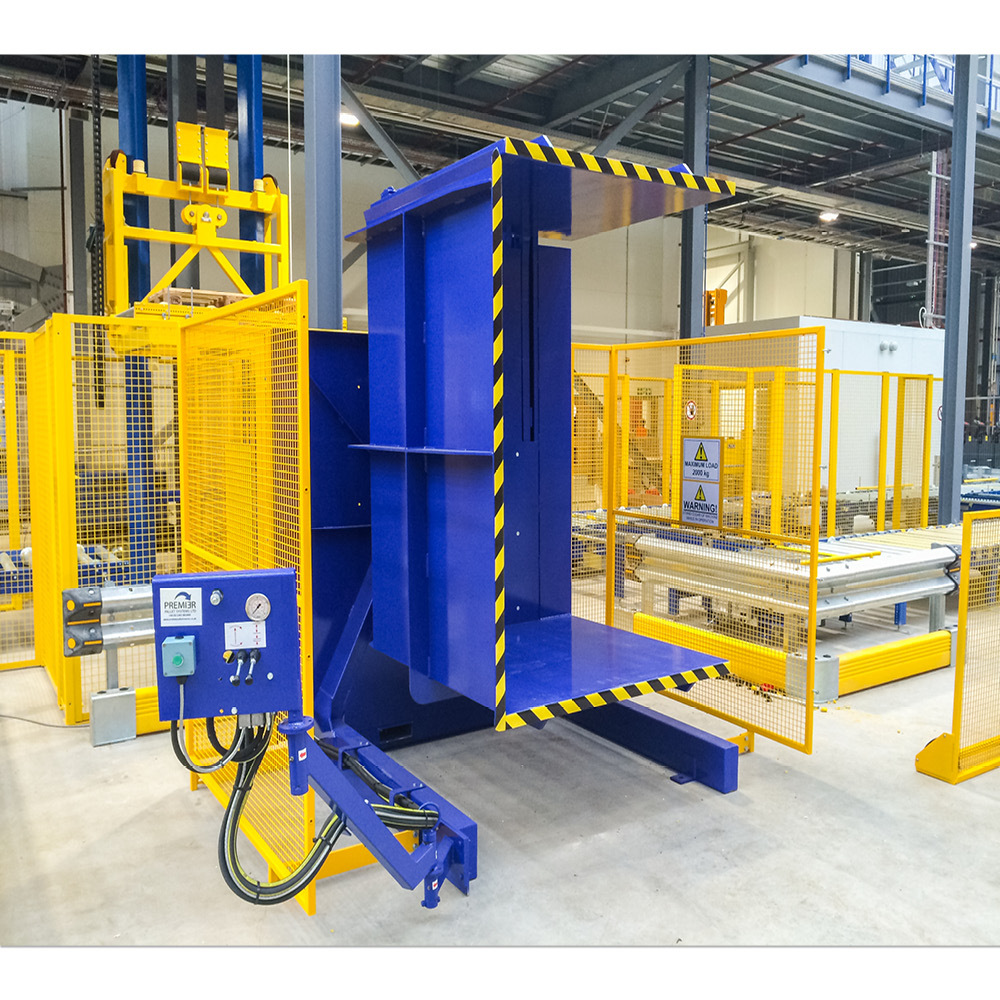
I know that for business owners like you, every investment must be justified with hard numbers. The idea of a 12 to 24-month payback period sounds good, but you need to know exactly where those savings come from. It's not just about one single benefit. It's about a combination of factors that together transform your bottom line. We're going to break down the ROI piece by piece, looking at how these machines impact your costs, your safety record, your product quality, and even how they fit into your existing factory. Let's explore how this investment pays for itself, time and time again.
How Can an Automated Pallet Changer Directly Cut Operational Costs in Greece?
You see your team manually transferring heavy loads from one pallet to another, and you know it's a drain on resources. The process is slow, requires multiple workers, and every minute they spend on this task is a minute they aren't doing something more valuable. You're constantly worried about overtime costs, the difficulty of finding reliable labor, and the hidden expenses that come with manual work. What if you could take your biggest operational cost—labor—and dramatically reduce it while simultaneously speeding up the entire process?
An automated pallet changer directly cuts operational costs by reallocating between one to three employees per shift away from manual pallet handling. This translates into immediate savings on wages, benefits, and overtime, while also reducing secondary costs related to recruitment, training, and potential injury claims.
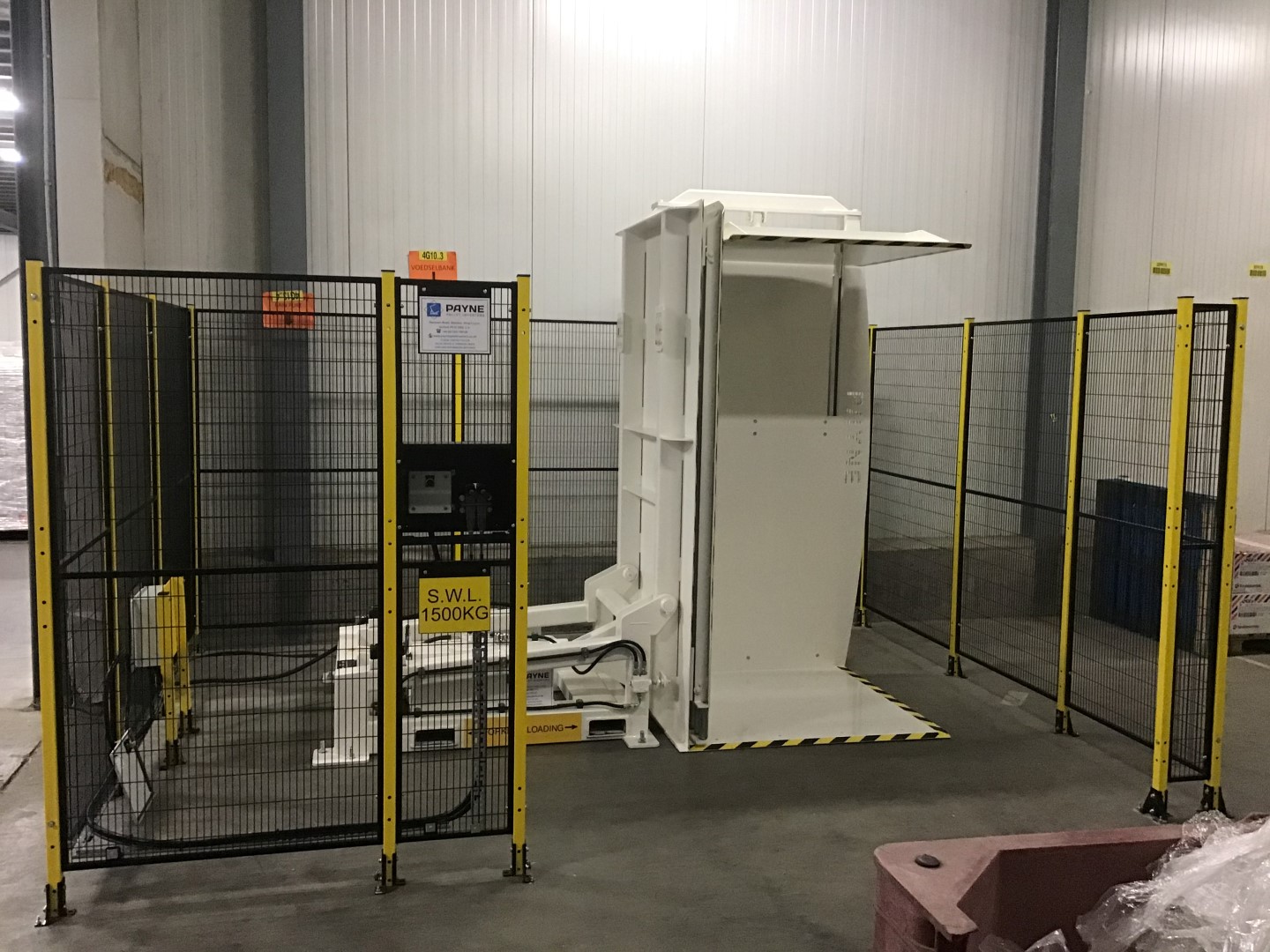
Dive Deeper: A Breakdown of Cost Savings
When I started my own packing machine factory, I learned quickly that the most obvious cost isn't always the biggest one. Business owners in Greece are dealing with rising labor costs and a competitive European market. An automated pallet changer attacks costs on several fronts. Let's look beyond just the salary.
Direct Labor Savings
This is the most straightforward calculation. A single automated pallet changer can often do the work of two or three employees. These workers are not necessarily made redundant; they can be moved to higher-value roles that require human intelligence, like quality control or machine maintenance. This improves overall productivity without increasing headcount. In my experience, this reallocation is one of the fastest ways to see a return. A client of mine in the steel wire industry was able to reassign two full-time workers per shift. The savings from their salaries and benefits alone paid for the machine in just over a year.
Indirect and Hidden Costs
Manual labor comes with a host of other expenses that are harder to track but add up quickly.
- Recruitment and Training: Finding and training staff for physically demanding jobs is a continuous cycle. It costs time and money. Automation provides a stable, predictable solution that doesn't quit or need retraining.
- Overtime Pay: When demand spikes, you rely on overtime. This is expensive and can lead to worker fatigue, which increases the risk of errors and accidents. An automated system can run consistently, often 24/7, without incurring overtime costs.
- Worker's Compensation and Insurance: Manual handling of heavy loads is a leading cause of back injuries and other musculoskeletal disorders. Every injury means a potential insurance claim, which drives up your premiums for years to come. By automating this high-risk task, you are creating a safer workplace and actively lowering your insurance risk profile.
Here is a simple table to illustrate the potential annual savings by reassigning just one employee in a single-shift operation in Greece.
| Cost Category | Estimated Annual Cost (Manual) | Estimated Annual Cost (Automated) | Annual Savings |
|---|---|---|---|
| Employee Salary & Benefits | €22,000 | €0 | €22,000 |
| Overtime Costs (10%) | €2,200 | €0 | €2,200 |
| Recruitment & Training Cost | €1,500 | €0 | €1,500 |
| Injury-Related Costs (Avg.) | €1,000 | €100 (Reduced Risk) | €900 |
| Total Annual Savings | €26,600 |
These numbers are conservative. For operations with multiple shifts or more complex handling needs, the savings multiply quickly. The machine becomes your most reliable worker. It shows up every day, performs the task perfectly every time, and its only cost is electricity and routine maintenance.
What is the Real Impact of Automation on Workplace Safety and Compliance?
As a factory owner, the safety of your people is your number one responsibility. But you also know that accidents are expensive. They lead to production downtime, investigations, potential fines from regulatory bodies like the Hellenic Institute for Occupational Health and Safety (ELINYAE), and a lasting impact on team morale. You worry about the physical strain on your employees who manually lift and move heavy, awkward loads all day. Are you doing enough to meet Greece's and the EU's strict safety standards?
The primary impact of automating pallet changing is a dramatic reduction in musculoskeletal injuries, which account for a large percentage of workplace accidents. This automation not only creates a safer work environment but also simplifies compliance with EU and Greek occupational safety regulations, reducing the risk of fines and legal issues.
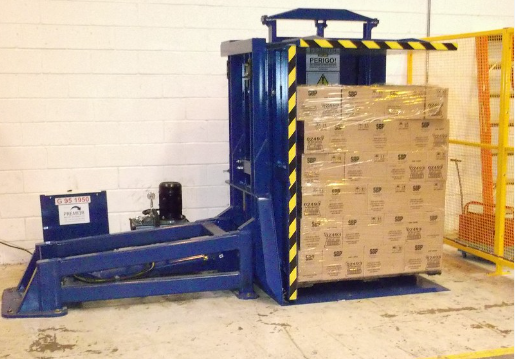
Dive Deeper: Building a Culture of Safety
I've walked through hundreds of factories in my career. The ones that succeed long-term are the ones that prioritize safety not just as a rule to follow, but as a core part of their culture. Investing in safety is investing in your people and your brand's reputation. An automated pallet changer is a very visible statement that you care about your employees' well-being.
Eliminating High-Risk Manual Tasks
The European Agency for Safety and Health at Work (EU-OSHA) consistently flags manual handling of loads as a major cause of work-related health problems. Back injuries, sprains, and repetitive strain injuries are common. These are not minor issues; they can lead to long-term disability for an employee and significant direct and indirect costs for the company.
- Direct Costs: Medical expenses, compensation claims, and higher insurance premiums.
- Indirect Costs: Lost production time, the cost of hiring and training a replacement, administrative time for accident reporting, and lower employee morale, which can impact overall productivity.
An automated pallet inverter takes the human out of this dangerous equation. The machine does all the heavy lifting, turning, and moving. The operator's job changes from physical labor to supervision, a much safer and less strenuous role.
Ensuring Regulatory Compliance
Safety regulations are not getting any simpler. In Greece, businesses must adhere to national laws that align with broader EU directives, such as Directive 90/269/EEC on manual handling of loads. Proving compliance often involves risk assessments, training records, and demonstrating that you have taken practical steps to mitigate hazards.
Installing an automated system is one of the most effective ways to demonstrate compliance.
| Safety Aspect | Manual Handling | Automated Pallet Changing | Compliance Benefit |
|---|---|---|---|
| Ergonomic Risk | High risk of back, shoulder, and wrist injuries. | Eliminates lifting, twisting, and repetitive strain. | Directly addresses a primary hazard in safety regulations. |
| Accidental Drops | Goods can be dropped, causing injury and damage. | Secure clamping mechanism holds the load safely. | Reduces incidents of falling objects. |
| Operator Fatigue | Fatigue increases error rate and accident risk. | Machine performs consistently without fatigue. | Ensures a stable and safe process, 24/7. |
| Compliance Documentation | Requires extensive training records and supervision. | The machine itself is evidence of risk mitigation. | Simplifies safety audits and demonstrations of due diligence. |
I remember a client who was facing scrutiny from local safety inspectors. Their manual handling procedures were under review. By installing a pallet changer, they didn't just solve the immediate problem; they sent a clear message to the inspectors and their own employees that they were serious about creating a best-in-class safe working environment. This proactive approach is always better than reacting after an incident has already occurred.
How Does a Pallet Changer Protect Product Integrity and Reduce Waste?
In any "safe sector," whether it's food, pharma, or high-value industrial goods, product integrity is everything. A single damaged pallet of goods is a direct hit to your profit margin. But it's worse than that. When goods are damaged during internal handling, it raises questions about your entire quality control process. You might be dealing with product contamination from broken wooden pallets, dents and scratches on finished goods, or entire loads being rejected by your customers. How much money are you losing each year to damage that happens right inside your own four walls?
A pallet changer protects product integrity by using a gentle, controlled hydraulic or pneumatic clamping system to secure the load before tilting or inverting it. This eliminates the shocks, drops, and impacts common in manual handling, cutting product damage rates by up to 95% and preventing contamination from splintered or unhygienic pallets.
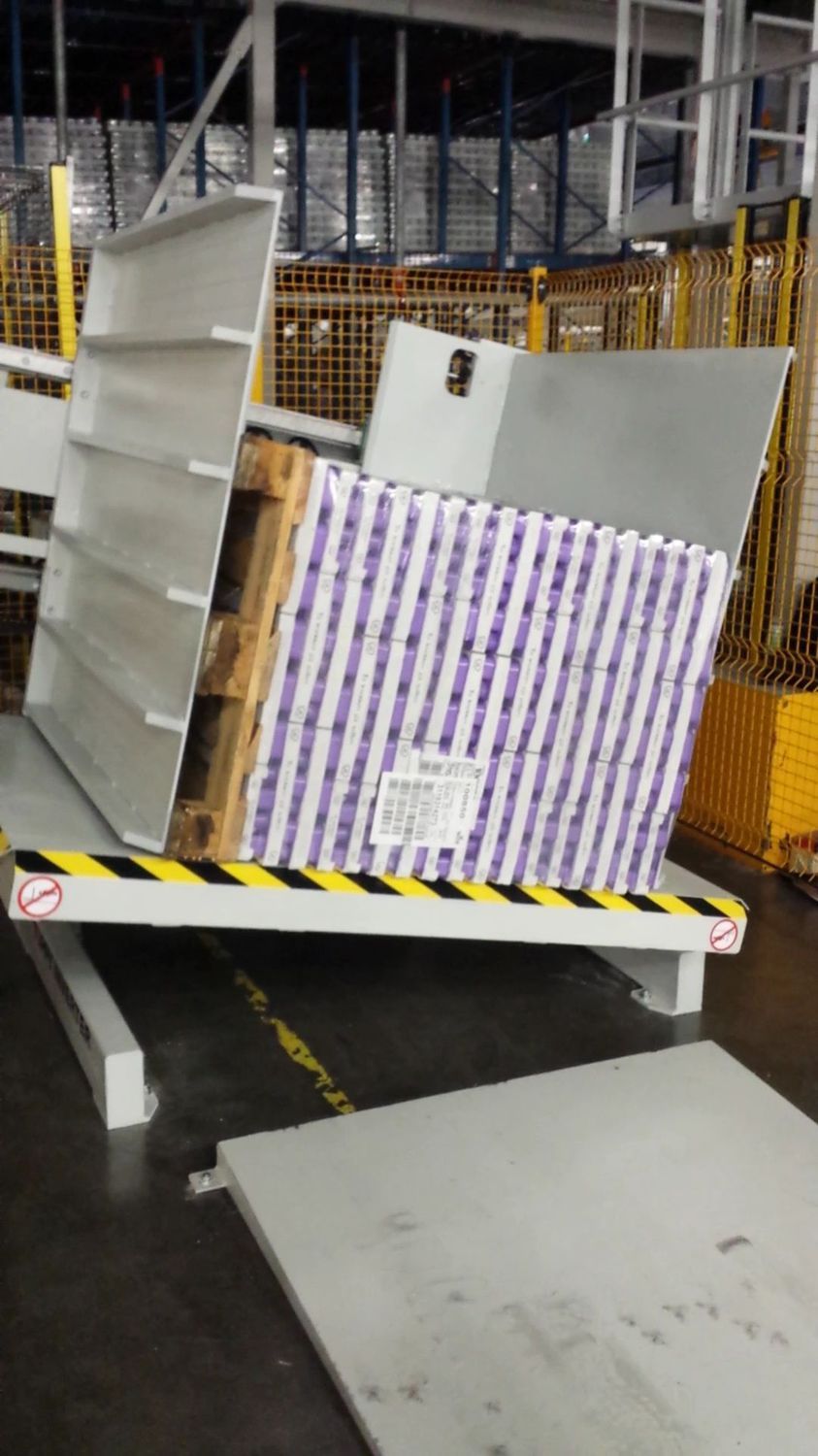
Dive Deeper: From Cost Center to Quality Assurance Tool
For many years, the packaging and handling department was seen as just a cost center. But I've helped my clients realize it's a critical part of their quality assurance process. How you handle your product before it leaves the factory is just as important as how you make it. A pallet changer isn't just a logistics tool; it's a quality control device.
Preventing Direct Physical Damage
Think about how products are transferred manually. Workers might push, pull, or use forklifts in ways that can cause damage. Boxes get crushed, bags tear, and containers can be punctured. It's often not intentional, but it happens, especially at the end of a long shift.
An automated pallet changer is designed for precision.
- Adjustable Clamping Pressure: Modern machines allow you to set the precise pressure needed to hold your specific product securely without crushing it. Whether you are handling bags of cement or boxes of sensitive electronics, the machine adapts.
- Smooth, Controlled Motion: The process of tilting or inverting is smooth and hydraulic. There are no sudden jerks or drops. This is critical for fragile goods or products that can settle or shift, like powders or liquids.
- Reduced Forklift Damage: A common source of damage is forklift tines hitting the product instead of the pallet. By creating a dedicated, automated station for pallet swapping, you reduce risky forklift interactions with the product itself.
Upholding Hygiene and Preventing Contamination
In the Greek food and pharmaceutical sectors, hygiene is non-negotiable. Wooden pallets are a major source of contamination risk. They can harbor bacteria, mold, and pests, and they can splinter, introducing foreign objects into a clean production environment.
This is where a pallet changer becomes essential for compliance with standards like HACCP or GMP.
| Contamination Vector | Manual Pallet Exchange | Automated Pallet Changing | Quality & Safety Outcome |
|---|---|---|---|
| Wood Splinters/Nails | High risk of splinters or nails from broken pallets. | Product is never scraped or dragged across a pallet. | Eliminates physical contamination from pallet debris. |
| Microbial Growth | Wooden pallets absorb moisture, promoting bacteria/mold. | Allows easy transfer from wood to sanitized plastic/metal pallets. | Ensures product stays on hygienic, in-house pallets. |
| Cross-Contamination | Incoming "street" pallets enter the production area. | Creates a clear barrier; only clean pallets enter sensitive zones. | Upholds hygiene zoning and prevents external contaminants. |
| Pest Control | Pests can travel in on external wooden pallets. | The transfer process isolates the product from the incoming pallet. | Supports an effective pest control program. |
A client in the food ingredient business in Thessaloniki uses one of our pallet inverters for this exact reason. All incoming raw materials arrive on wooden pallets. Before they enter the processing area, every single load is transferred to one of their color-coded, sanitized plastic pallets. This simple step, enabled by one machine, is a cornerstone of their entire food safety program. It's not a "nice to have"; it's fundamental to their ability to operate.
My Insight: Why Looking Beyond Simple ROI is Crucial for Long-Term Success?
For an engineer like me, numbers and ROI calculations are important. I built my business on making machines that deliver a clear financial return. But after helping hundreds of clients, from small shops to massive steel mills, I've learned something important. The factory owners who achieve the greatest success, the ones like Javier Morales who build lasting enterprises, look beyond the simple payback period. They see new equipment not just as a way to cut costs, but as a strategic tool to build a stronger, more resilient business.
Focusing only on a 12 or 24-month ROI can sometimes blind you to the most powerful benefits of automation. The real game-changing value comes from the secondary and tertiary effects that unfold over years, not months. These are the advantages that turn a good company into a great one. I believe this is the most critical part of any investment decision.
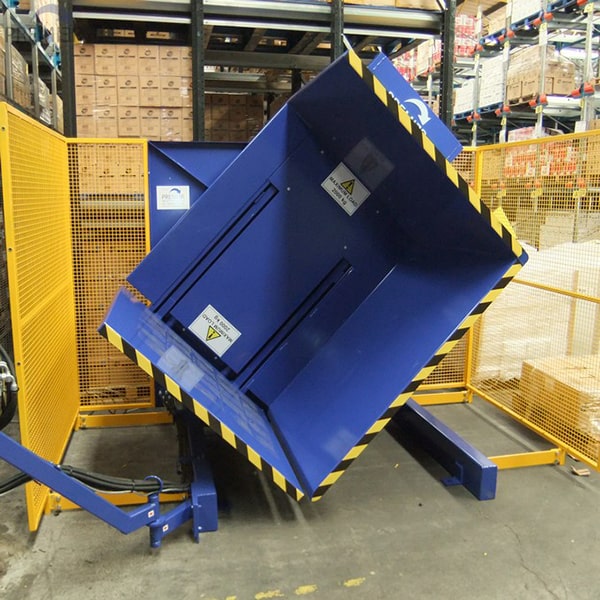
Dive Deeper: The Strategic Value of Automation
When you invest in a piece of equipment like an automated pallet changer, you are buying more than just steel and hydraulics. You are buying capability. You are buying flexibility. You are buying a future-proof operation. Let's break down what this "hidden" strategic value really looks like.
Becoming a Preferred Supplier
Your customers, especially large retailers or industrial buyers, are under their own pressures. They want suppliers who are reliable, consistent, and low-risk.
- Quality Consistency: When you automate a process like pallet changing, you eliminate human error. Every product is handled the same way, every time. This consistency is something your customers can depend on, which strengthens your relationship.
- Meeting Stricter Standards: Many large companies have their own supplier standards for safety, hygiene, and handling. Having advanced automation in place makes it easier to pass their audits and become a certified, preferred supplier. This can open doors to new, more profitable contracts that your competitors cannot access.
- Speed and Responsiveness: In today's market, speed matters. An automated system allows you to fulfill orders faster and respond to last-minute requests without the chaos of reassigning labor or running massive amounts of overtime. This agility makes you a more valuable partner.
I saw this happen with a client who manufactured consumer goods. They won a huge contract with a major European supermarket chain. A key reason they were chosen over their competitors was the pallet inverter at their dispatch bay. It proved to the supermarket's auditors that they could guarantee the switch to their required retail-ready pallets without damage or delay. The machine wasn't just a cost-saver; it was a deal-winner.
Enhancing Employee Morale and Retention
No one enjoys doing dangerous, repetitive, and physically exhausting work. By automating these tasks, you send a powerful message to your employees: "We value your health and want to provide you with better jobs."
- Improved Job Quality: The operator of a pallet changer has a more skilled, less physical job. They are a technician, not a laborer. This shift can increase job satisfaction and make your company a more attractive place to work.
- Focus on Higher-Value Skills: When your team isn't bogged down with manual handling, they have time to focus on things that require human ingenuity—improving processes, performing preventative maintenance, and ensuring quality. This builds a more skilled and engaged workforce.
- A Culture of Modernization: Investing in modern technology shows your team that the company is forward-thinking and committed to growth. This can boost morale and pride in the workplace, leading to lower turnover and higher overall productivity.
The ROI of lower employee turnover is difficult to put on a spreadsheet, but it is immense. The cost of replacing a good employee is significant. The value of keeping a great team together is priceless. That is the long-term thinking that builds empires in this industry.
Conclusion
Investing in an automated pallet changer is not just a cost-saving measure. It's a strategic move towards a safer, more efficient, and more profitable future for your Greek operation.





